''When people ask me what the dollar rate will be at a specific date, I honestly answer: I do not know''
Presentation by Vladislav Kochetkov at a Realnoe Vremya conference
Russians have remembered the August and the first half of September by a rapid fall of the national currency: the dollar exceeded 70 rubles, and the euro broke the mark of 80 rubles. The reasons for this situation, as well as what to expect in the near future — president of FINAM investment holding Vladislav Kochetkov told at the conference of Realnoe Vremya ''Ruble weakening: pros and cons for the Russian economy''. Realnoe Vremya publishes the main points of his speech.
''Some analysts just look at the chart and randomly add something to it''
Analysts have begun to make forecasts for the currency rates more rarely in recent times — at least, public ones. Previously, many experts used to do ot, but at the turn of the 2014-2015, the analytical landscape of the Russian market has changed greatly. Russia has entered another round of the crisis, there was a decorrelation between the price of oil and the ruble. Now there are two types of analysts left on the market: those who make private forecasts for their clients, and those who can be called talking heads — they make public forecasts just to appear in the media field.
I have come across a lot of publications of an analyst, the forecast of whom has changed dramatically in a short time — 3 weeks ago he expected 86 rubles per dollar, but now he expects 55 rubles. They are analysts who just look at the chart and randomly add something to it. Therefore, when I am asked how much the dollar (ruble, euro) will cost at a specific date, I usually honestly answer that I do not know.
I must admit that if earlier it was quite easy to predict the dollar rate, now everything is much more complicated. For example, based on the current oil price, the most adequate dollar exchange rate now would be 48-50 rubles. However, we see that it is much higher.

Today there are two types of analysts left on the market: those who make private forecasts for their clients, and those who can be called talking heads — they make public forecasts just to appear in the media field
What affects the ruble? There are several major factors — both external and internal. It is sanctions pressure, the situation in emerging markets, the trade and currency wars, as well as the policy of the Central Bank and the Ministry of Finance. In my opinion, the dented confidence in the Russian market. has also played a role in the weakening of the ruble because if the currency can fall to 10% in a month it doesn't cause trust.
Even 3 years ago, when asked in what currency to keep the money, I usually answered: ''in the one you earn and spend'', but now I'm rather a supporter of another classical concept. This is the concept of diversified portfolio: to keep 40% in euros and 30% in rubles and dollars. The ruble is a liquid cushion that is needed for current spending, the dollar is one of the most stable currencies; the euro, despite the fact that it is likely to become the main victim of currency wars, is likely to strengthen against the dollar. In addition, if the November sanctions affect transactions with the dollar, the euro will be more in demand.
''Trump's attempts to make America great again can significantly increase the negativity in emerging markets''
Now more about the reasons for the weakening of the ruble. Let's start with the situation in emerging markets. One of the main problems for both the stock and commodity markets is the tension between the US and China. Washington is stubbornly pressing on Beijing in an attempt to reduce the deficit of its trade balance with China by increasing duties on goods, which are estimated at many billions of dollars.
Today many analysts are telling about the risk of unleashing a large-scale trade war, the result of which is likely to be an increase in the value of Chinese goods for the population of the United States and the weakening of China's trade balance. And China is the main engine of all emerging markets. Therefore, an aggravation of the situation can lead to that large investors will begin to withdraw assets from emerging markets, which will slow the growth of global GDP. So Donald Trump's attempts to make America great again can significantly strengthen the negative trends in emerging markets, which have already suffered serious losses.
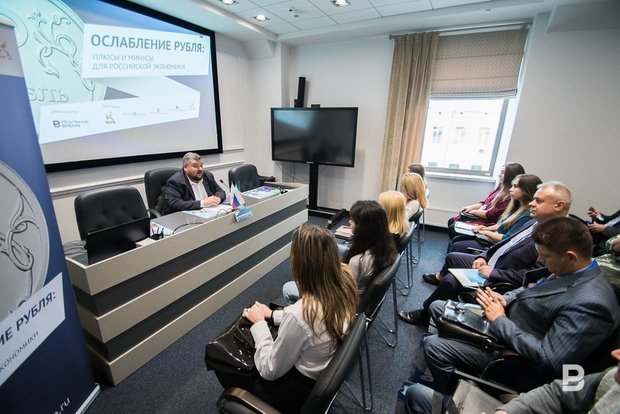
Even 3 years ago, when asked in what currency to keep the money, I usually answered: ''in the one you earn and spend'', but now I'm rather a supporter of another classical concept. This is the concept of diversified portfolio: to keep 40% in euros and 30% in rubles and dollars
The second factor is the situation in Turkey, Argentina and, to a lesser extent, India. In recent years, these states have developed by a model close to the pyramid. The growth rates of their economies were supported by high inflation and unemployment and were largely based on external borrowings. In fact, they lived by refinancing old debts with new ones, taking advantage of the fact that dollar borrowings were cheap.
Now, when the US Federal Reserve (Fed) raises rates, the situation is changing: the dollar is becoming more expensive, it is more difficult to refinance loans. The result is what we have seen in Turkey and China: the significant devaluation and full-fledged economic crisis. All this contributed to another wave of investors' withdrawal from emerging markets, which affected Russia. And if the Fed continues to raise rates — and it is likely to do so — crisis in emerging economies can worsen.
''The U.S. sanctions machine is running slowly. But inevitably''
Another reason for the weakening of the ruble — sanctions, the pressure of which is increasing. It is necessary to understand that the American sanctions machine works slowly, but works as a road roller — almost inevitably. And obviously that the pressure will increase. The main question is how tough the sanctions will be that they promise to introduce in November.
During the recent fall of the ruble, expectations for sanctions were very serious, and probable restrictions on the public debt of Russia were actually laid in the rate. On the one hand, if this scenario is implemented, it is not extremely scary, because it is possible to continue to develop state borrowing at the expense of domestic investors. On the other hand, there is the risk that even restrictions on the purchase by US investors of new issues of Russian bonds (this option can be considered as the most likely) will lead to sales of old issues.
The high demand for Russian securities was associated with carry-trade — having the opportunity to get money almost free of charge in America, investors borrowed this money and bought on them our federal loan bonds (OFZ) with a yield of around 8% per annum. As soon as rates in Russia declined, and in the United States increased, the potential of the carry trade was drying up. Russian securities are being sold. They are sold in Russia for rubles, then the money is converted into dollars. Accordingly, the high demand for the dollar increases its value against the ruble in the domestic market.

One should understand that the American sanctions machine works slowly, but works as a road roller — almost inevitably. And obviously that the pressure will increase. The main question is how tough the sanctions will be that they promise to introduce in November
Given how actively the Skripal case developed, the probability of imposing sanctions against the government debt remains high. I think it's about 70%. However, by imposing sanctions, the US takes into account the interests of its capital. Therefore, if sanctions against public debt are introduced, then, apparently, it will affect new issues of the OFZ — so that American investors could keep the old ones. At the same time, the yield potential of the carry trade, in spite of everything, is still high. In addition, the most nervous investors have already withdrawn from the OFZ, so even in the case of sanctions against public debt one should not expect a too strong round of sales.
At the same time, the Finance Ministry in this case will need to work more actively with domestic investors. The statistics show that their share (in particular, individuals) is growing. This is understandable – the OFZ is the most convenient alternative to bank deposits. If you buy them not for resale, the risks are close to zero.
A significant risk is also the potential restrictions on Russian state-owned banks, which, in fact, may be banned from operations with the dollar. This can become a significant blow not only to banks, but also to the entire Russian economy, since it is in dollars the state carries out most of the calculations. However, even the most aggressive American hawks are probably not ready to make such a step, since it will also hit American investors (who are one of the largest shareholders of the same Sberbank). Nevertheless, these risks are also taken into account, and when they are implemented, a weakening of the ruble can be strong.
''Devaluation is another tax for the population''
Now about internal factors. These include the price of oil. Although recently there has been a weakening of the relationship between oil and the ruble, oil affects the balance of payments of Russia and remains a backbone factor for the budget. Now we are being at the level of about $80 per barrel. High prices are supported by the extension of the contract of OPEC regarding the containment of oil production. Plus, the reduction in oil supply is influenced by US sanctions against Iran and the difficult situation in Syria. Given all this, some forecasts say that the price may return to $100 per barrel, and for the Russian economy it is more than a comfortable price.
One of the driving forces of the August fall of the ruble was the budget rule and operations of the Central Bank and the Ministry of Finance to buy the foreign currency in the domestic market. Then the statement of the Central Bank on a moratorium on the purchase of currency until the end of the year has provided serious support to the ruble.
For the population, the devaluation is another tax that we pay to make the budget surplus — like in the case of the increase in VAT, changes in the pension system and other things.
Cheap ruble is beneficial to Russian exporters who sell their products for foreign currency. But it is certainly disadvantageous to the population. The Central Bank has already said that the depreciation of the ruble by 10% gives plus 1% to inflation. I think it's more than that.
In fact, for the population, devaluation is another tax that we pay to make the budget surplus — as well as in the case of the increase in VAT, changing the pension system, and so on. In addition, the weakening of the ruble is unprofitable for Russian companies that buy some components abroad and produce products of deep processing.
However, even for exporters, the advantages of the weak ruble are superimposed on the disadvantages of the volatile exchange rate: when in a month the national currency becomes cheaper by 10%, one just cannot plan a business. On the other hand, the volatile ruble leads to the fact that Russian business is finally beginning to develop financial technologies that have long been common in the West, such as hedging. Financial literacy is increasing.
In general, we can assume that before the midterm elections to the US Congress and the announcement of the new sanctions, the ruble is likely to moderately strengthen.
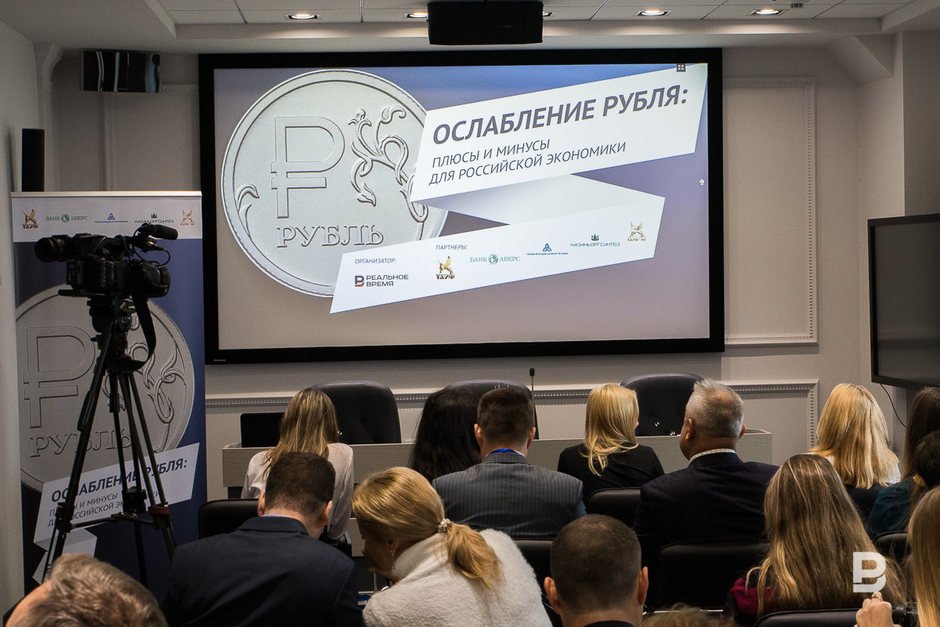
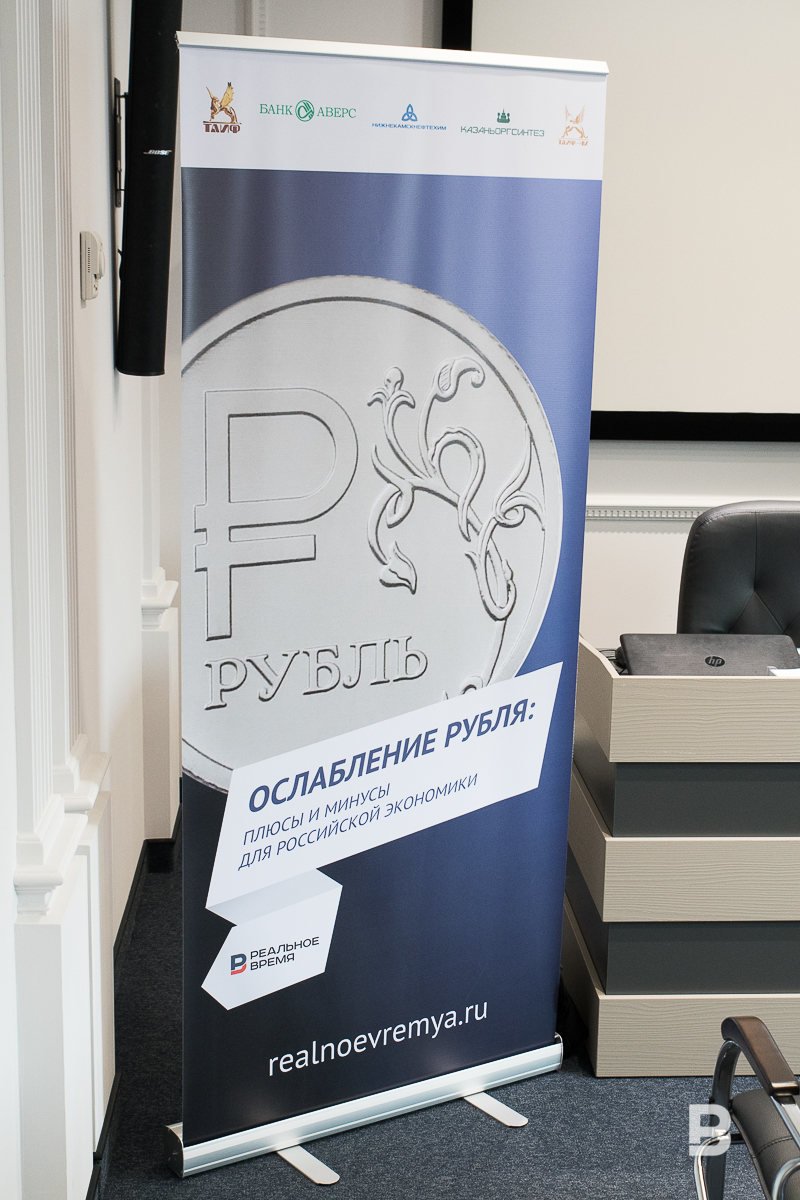





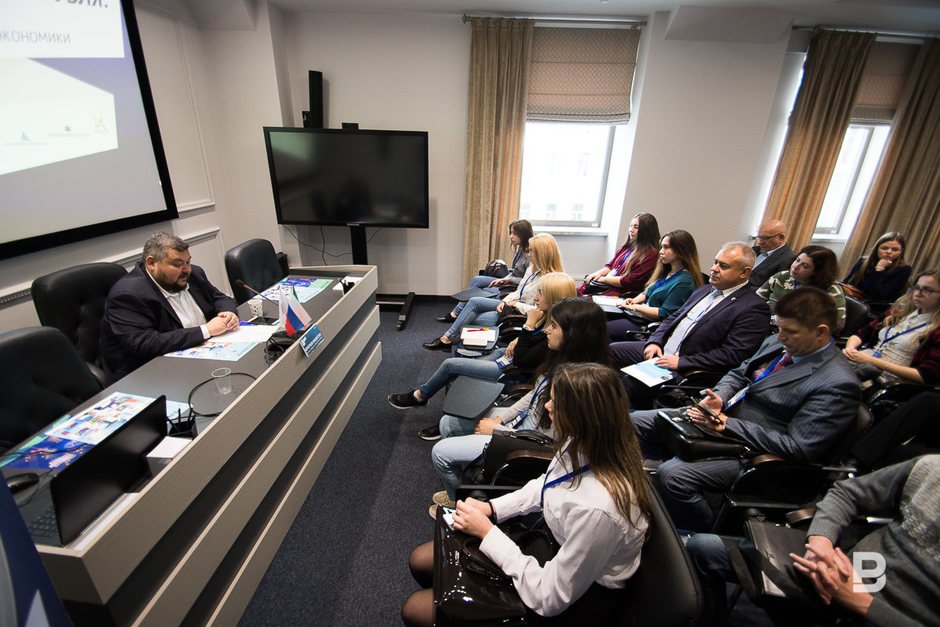
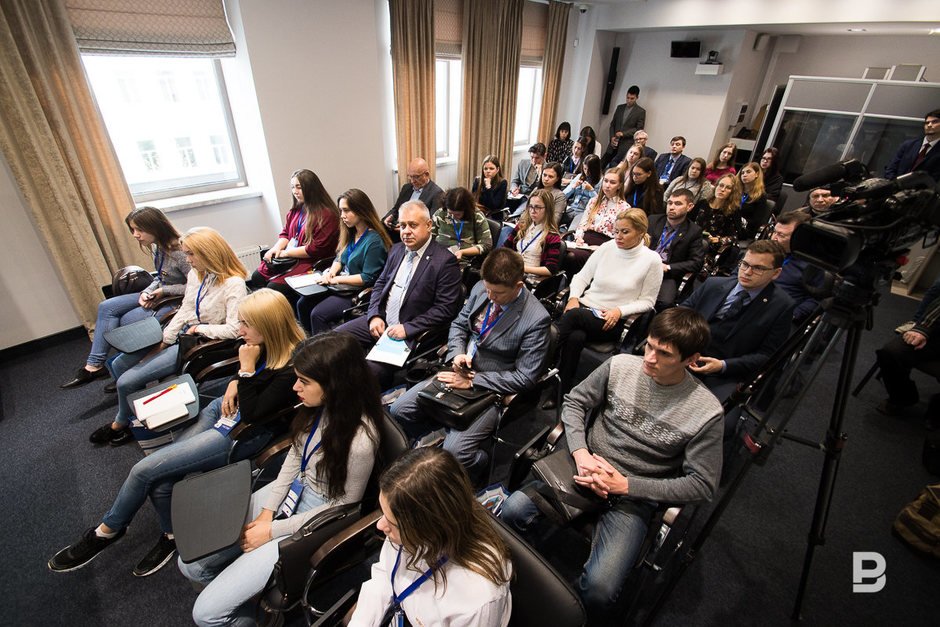

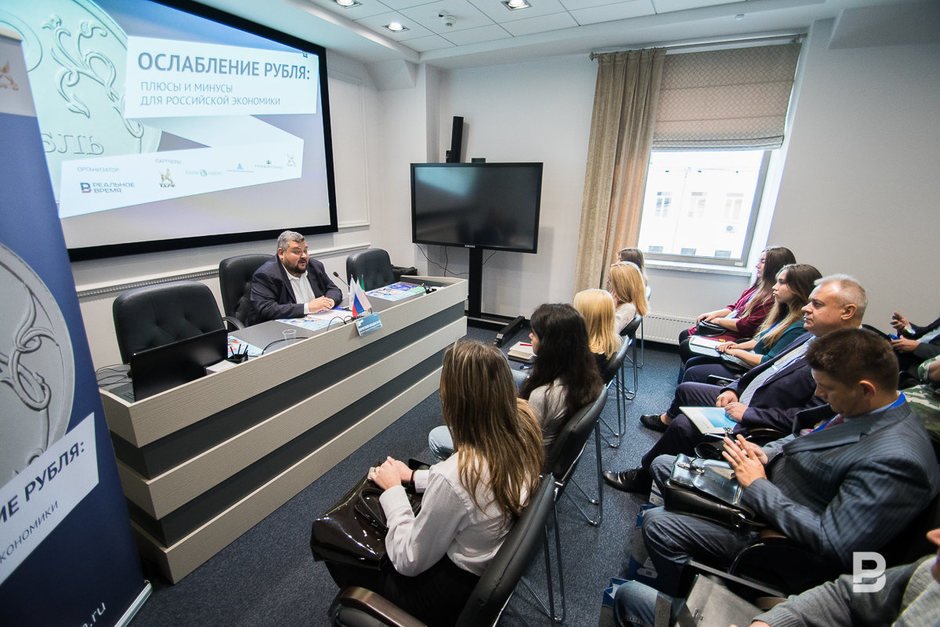






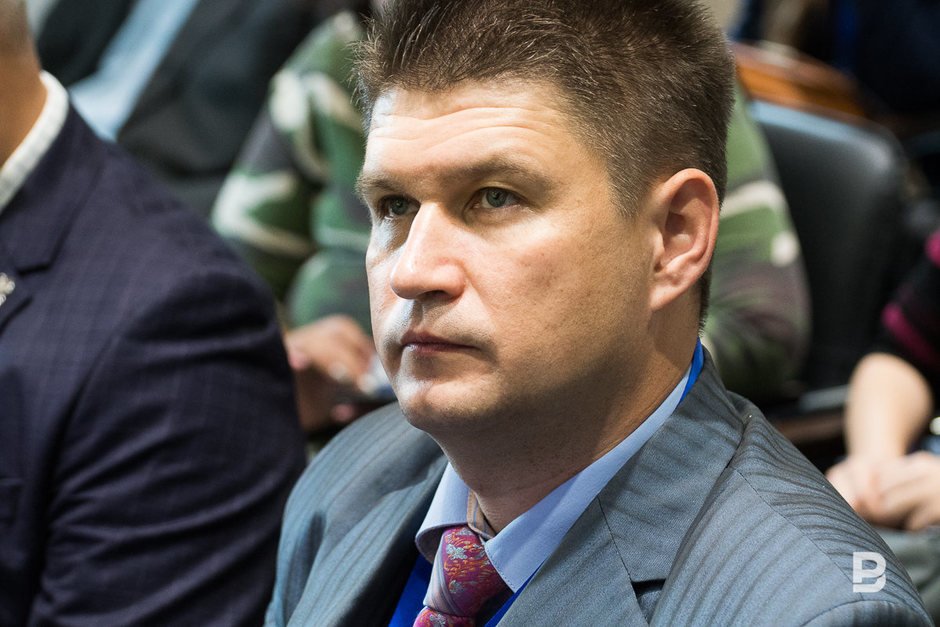
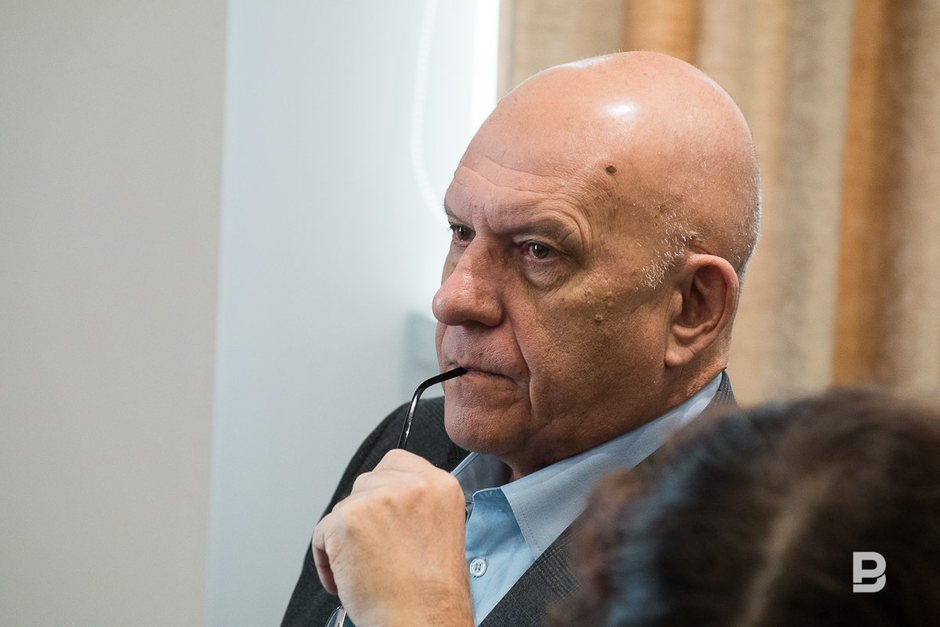



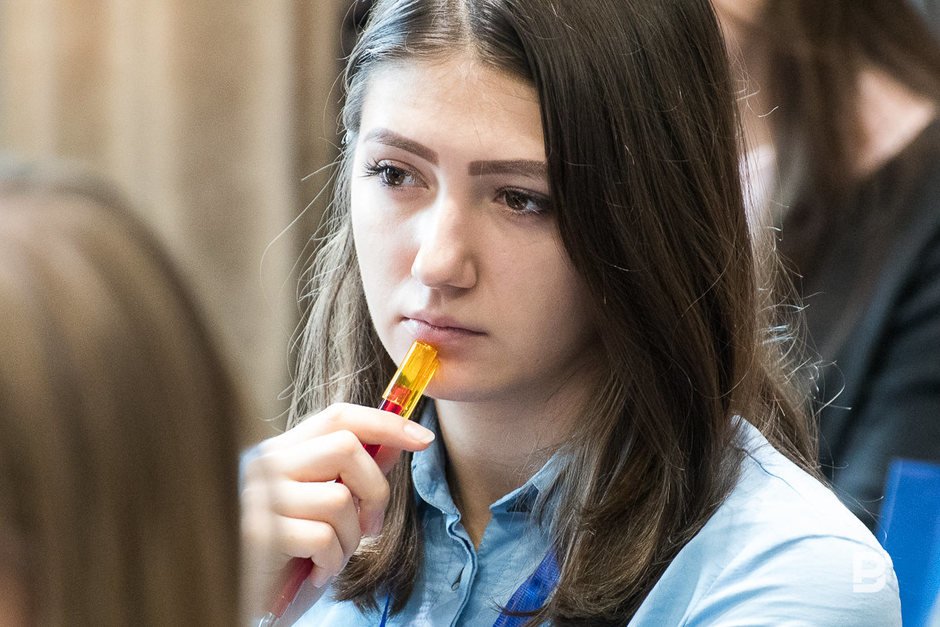





Official partners:
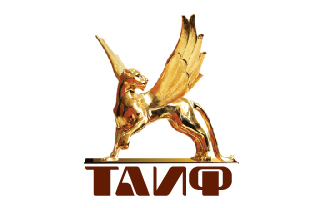 | 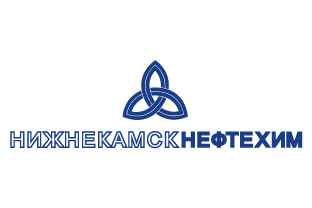 | 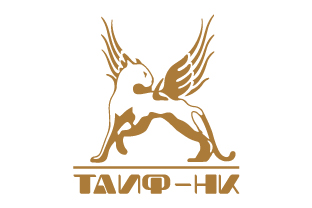 | 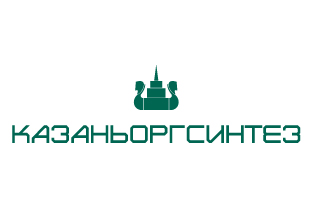 |  |